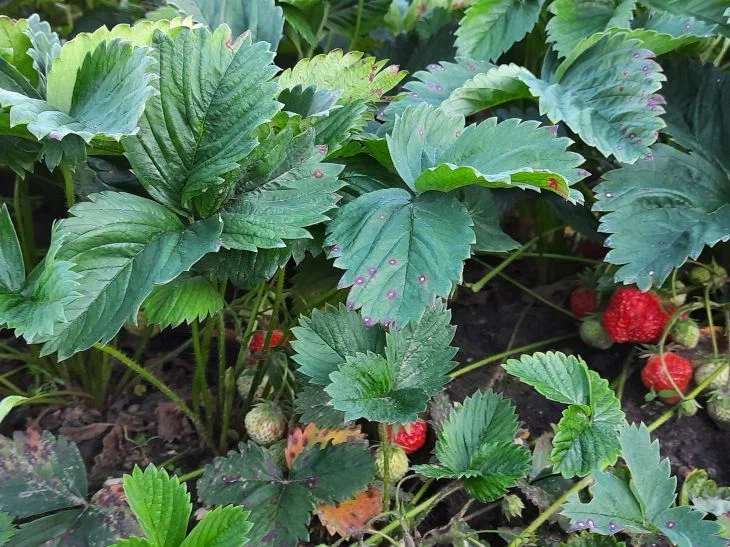How to Fight Nematodes on Strawberries: This Method Will Prevent It from Spreading to Other Plants
Nematodes are the main problem that gardeners face when growing strawberries and wild strawberries.
An expert of the online publication BelNovosti, agronomist, landscape designer Anastasia Kovrizhnykh told what experienced gardeners do to protect their plantings from this pest.
Methods of combating nematodes
To defeat the parasite, plant growers treat the soil with boiling water, wash the roots of plants in hot water and, of course, do not violate crop rotation rules.
If the nematode infestation has become widespread, biological and chemical preparations are used.
Hot water
Before planting new strawberry seedlings, treat the soil with hot (50-55 degrees) water. This will help destroy the worms and their eggs.

Water of approximately the same temperature (40-55 degrees) can also be used to soak the roots of a diseased bush. The "bath" lasts about 5-10 minutes, the roots should first be washed in running water.
Agrotechnical methods
It is recommended to replant strawberries every 3-4 years in a plot previously prepared using the method described above.
Optimal predecessors for strawberries are grain crops and green manure such as rye, marigold, rapeseed, clover and white mustard.
You should dig up the soil thoroughly and add organic fertilizers, and before planting, do not forget to add a small amount of mustard powder to the planting holes.
Biological and chemical preparations
In case of severe infestation, you have the right to resort to biological and chemical means.
Choose a broad-spectrum insecticide and apply it to the strawberry bed before flowering begins, according to the instructions.
Please note: they cannot be used during harvest. During this period, you can remove infected plants with roots.
